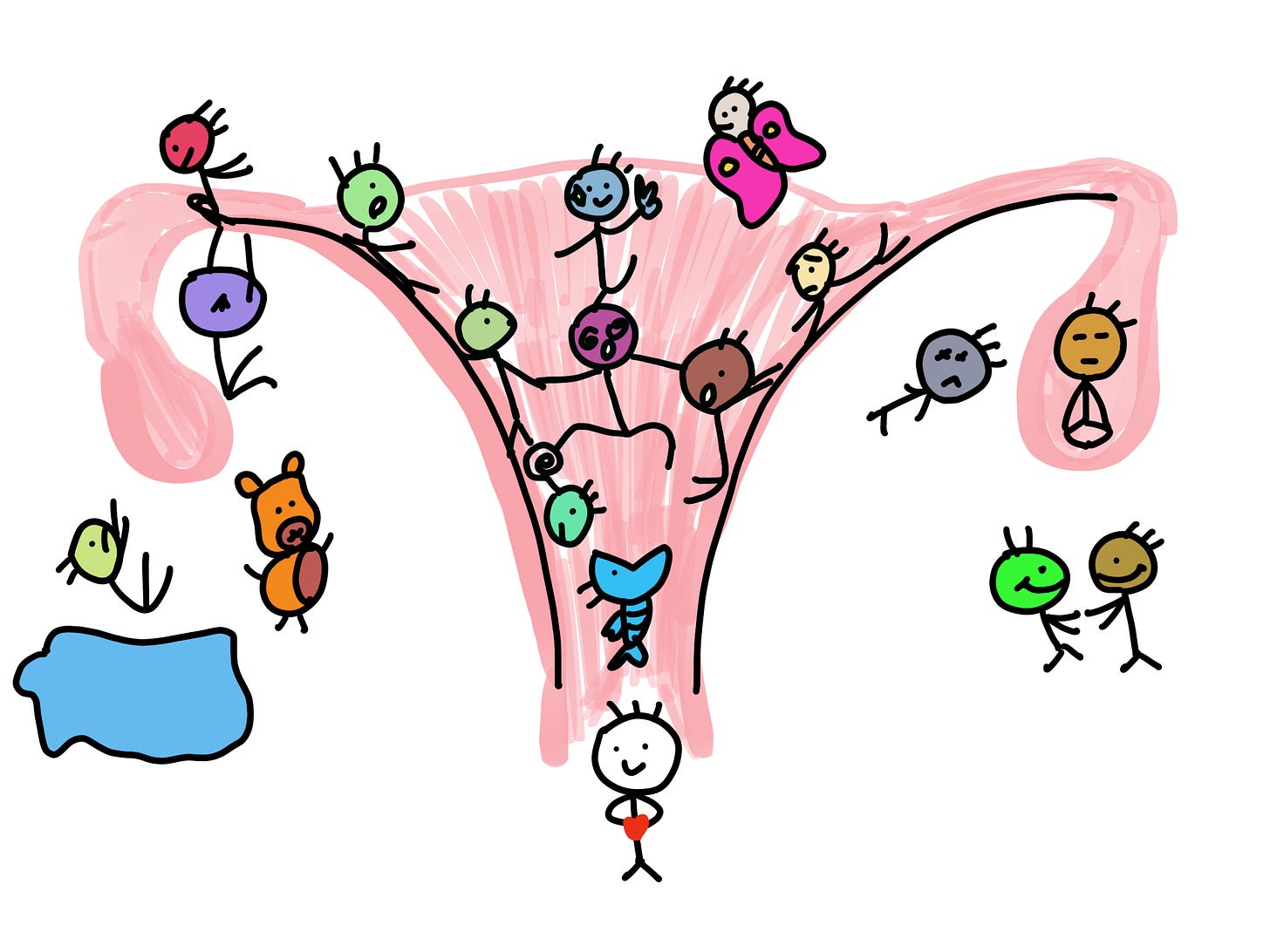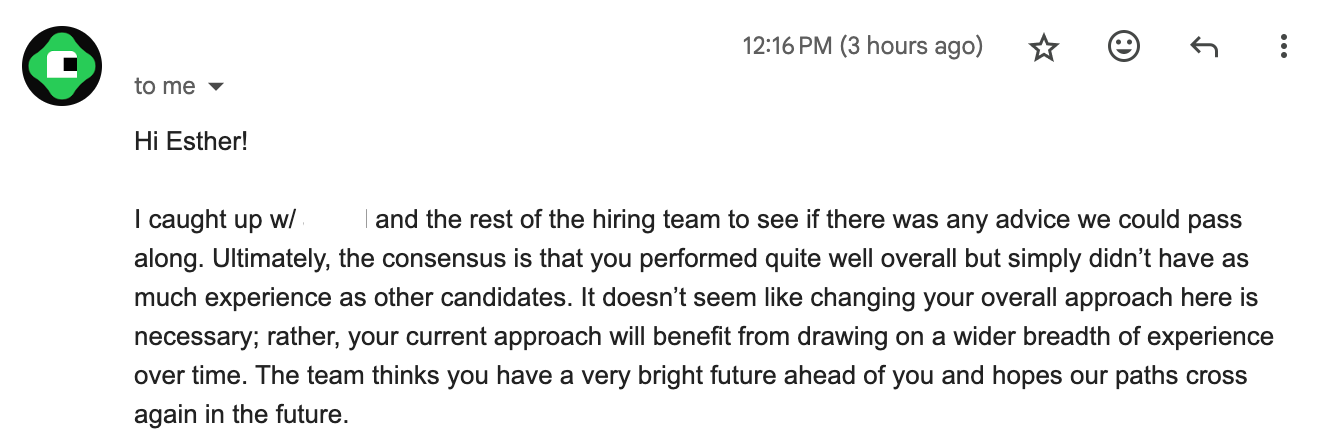How much is a follower worth?
why rejection is worth chasing
Most of us, including me, crave attention. That craving fuels an entire economy built on followers. On Twitter, for example, followers translate into potential investors, customers, and influential networks.
But I’m a nobody. Even on my writing account, I’ve barely gained followers over the past year. My first instinct, of course, is self-criticism: “My work isn’t good.” “I haven’t put in enough effort.”
Yet before optimizing for growth, I paused to ask myself: Is it even worth my time to chase new followers? How much is a follower actually worth?
If you calculate it purely in financial terms, the equation looks like this:
Estimated Value per Follower = (Revenue from campaigns driven by followers) ÷ (Number of engaged followers)
I have no paywalls on Medium, so the followers are basically worth $0. And only one on Substack (a supportive friend). That makes my “follower value” about $50 ÷ 878 = $0.057 per follower.
Industry stats for LinkedIn and Twitter suggest the average follower is worth $0.01–$0.05. If your goal is $1,000 per month, you’d need 2,000–10,000 followers. And even then, $1,000 doesn’t cover San Francisco rent!
So, beyond the joy of writing for myself, what is worth pursuing? How will I know if I’m improving? (And also, Esther, you don’t always have to be improving, by the way.)
Writing is to reject and be rejected
The most important lesson I’ve learned is about rejection. Rejection isn’t the sad part—it’s the best part. In writing, for example, the content that goes viral is usually something like “How to make $1,000 in a month?” not “I’m lost in my life.” Whenever we put our work out into the world, we’re inevitably told “no” by those who don’t like it or don’t share our obsession. The more niche our creation, the more we reveal who we truly are—and the more rejection we face.
It’s like a physicist specializing in quantum electrodynamics applying for a business development job. Who’s going to hire them?
Rejections are a high-quality sieving process
But rejection is a sieving process, shaking out all that is incompatible and leaving behind the golden particles. It removes the noise, the mismatches, the people who were never meant to resonate with your work, until what’s left are the few who deeply see and value it. Those are the ones you can build with, write for, or create alongside. Rejection isn’t a verdict on your worth; it’s a compass showing where your true audience, your true collaborators, and your true path are waiting.

How much value will you place on a friend that you can cry on their shoulder when you are frustrated?
1000 dollars? A year of publishing without recognition? What will you pay for the warmth and safety in your darkest time? I think the older I become, I noticed how expensive it was as people are often lost to find each other in the city.
As I apply this to my job search progress, I started to see the good in rejection everywhere. I let go of the feeling that I felt deeply incapable, but started to trust the filtering process that the universe brought me.
There are times when, despite my strongest desire to do the work, the conditions simply don’t align. A friend’s words echoed in me: “Rather than endlessly preparing and striving to ace everything, why not seek a place where you already feel ready?”
Those words held a quiet wisdom.
Back on the journey of exploring all the rejections I’ve faced in my life. It’s painful to feel as though the world keeps saying no to you, to your passion, to your love. I’ve caught myself resenting the people who didn’t value me as much as I wished they would, yet, at the same time, gratitude rises for those who did.
The sacred yes
A “no” is understandable, even respectable. But a “yes” is sacred — especially in city life, where as adults, we often lack a true support network and hide behind masks with one another.
In a world of 8.1 billion people, I can’t begin to express how much love and gratitude I feel for the rare moments when we both say yes to each other, whether in work or in relationships.
That unquestionable yes is immeasurably precious.
I don’t know where my next “yes” will come from, but I’m curious to see what it will look like when it finally arrives, like meeting a newborn for the first time.


